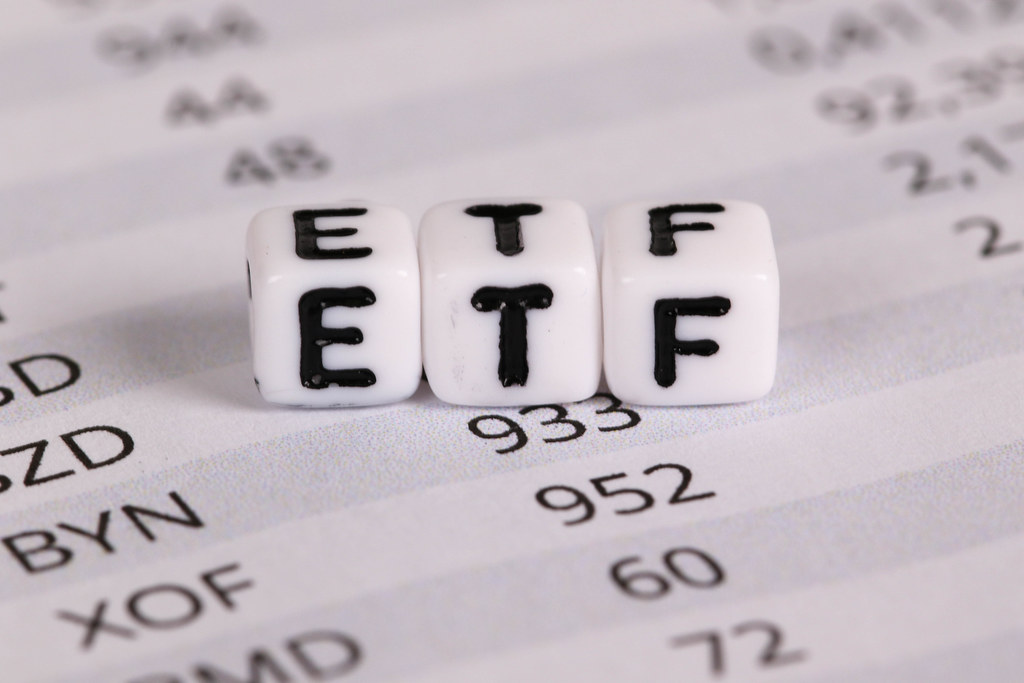Investing in fine art has traditionally been reserved for wealthy individuals and institutions with substantial capital. However, the emergence of exchange-traded funds (ETFs) has opened up new possibilities for investors looking to diversify their portfolios.
In this article, we will explore the world of fine art ETFs, their benefits and challenges, popular options available, and provide tips for choosing the right fine art ETF for your investment goals.
Introduction: What is an ETF?
An exchange-traded fund (ETF) is a type of investment fund traded on stock exchanges. It aims to track the performance of a specific index or asset class, such as stocks, bonds, commodities, or niche markets like fine art.
ETFs provide instant diversification by offering a basket of assets within a single fund, reducing the risk associated with investing in one company or artwork. They are highly liquid, allowing investors to buy and sell throughout the trading day at market prices.
Additionally, ETFs often have lower expense ratios compared to actively managed funds. However, investors should be aware that they do not have direct ownership of the underlying assets held by the fund and tracking errors can occur due to fees or imperfect replication methods.
Art as an Investment: The Appeal and Challenges
Investing in fine art offers the potential for diversification and substantial returns. It is a tangible asset with intrinsic value that can act as a hedge against inflation. Additionally, art provides cultural enrichment and emotional satisfaction, making it appealing to many investors.
The art market has a history of generating significant returns, but it is influenced by subjective factors such as trends, artist reputation, and economic conditions. Investing in individual artworks comes with challenges like high entry costs, subjective valuation, liquidity issues, and storage expenses.
Despite these challenges, the appeal of owning fine art persists for investors seeking portfolio diversification and engagement with the art world.
Introducing Fine Art ETFs
Fine art ETFs offer investors a way to participate in the art market without the need to buy expensive artworks individually. These exchange-traded funds provide a diversified portfolio of artworks or art-related companies.
Unlike traditional art investments, fine art ETFs offer flexibility, liquidity, and diversification through indirect ownership of shares in the fund. Professionally managed by experts with knowledge and experience in the art industry, these funds help mitigate risks and improve potential returns.
With lower entry costs and accessibility for a wider range of investors, fine art ETFs present an attractive investment option for those interested in the art market’s potential growth and returns.
Risks Associated with Investing in Fine Art ETFs
Investing in Fine Art Exchange-Traded Funds (ETFs) carries certain risks that can impact an investment portfolio. The art market is subject to volatility influenced by economic conditions, changing tastes, and artist reputation. Fluctuations in the value of fine art ETFs based on these factors can affect potential returns.
Additionally, while fine art ETFs offer greater liquidity compared to owning individual artworks directly, challenges may arise when selling shares or exiting positions during periods of low market demand or high volatility. Investors must consider these risks and plan their investment strategies accordingly.
Thorough research, staying informed about market trends, and being prepared for potential challenges can help mitigate these risks effectively.
Tips for Choosing the Right Fine Art ETF for Your Portfolio
When investing in fine art ETFs, consider your investment goals and risk tolerance. Research fund strategies, performance, and historical data to find alignment with your goals. Compare fees, expenses, and management expertise to ensure value. Stay informed about market trends and art industry news for better decision-making.
Regularly review and adjust your portfolio as needed.
By following these tips, you can confidently choose the right fine art ETF for your portfolio.
The Future Outlook for Fine Art ETFs
The future of fine art exchange-traded funds (ETFs) looks promising. Factors such as increasing global wealth, growing interest in alternative investments, and advancements in technology contribute to a positive outlook for this unique investment option.
Investing in fine art ETFs offers diversification and exposure to the art market without the need for direct ownership of physical artwork. It appeals to investors seeking to include art in their portfolios but may lack the resources or expertise required for traditional art investing.
Rising global wealth has fueled demand for alternative investments like fine art. Advancements in technology have made art investing more accessible through online platforms and digital marketplaces that provide tools for research, valuation, and even fractional ownership.
However, challenges remain within the industry. Valuation methodologies can be subjective and complex, authenticity verification is crucial, and regulatory oversight requires attention. Staying informed about changes in regulations is essential to navigate these considerations successfully.
Conclusion
[lyte id=’x_sChCJ5vvw’]






